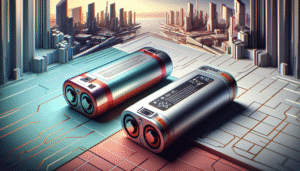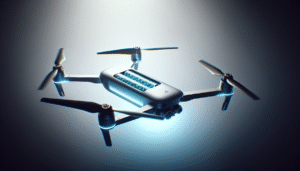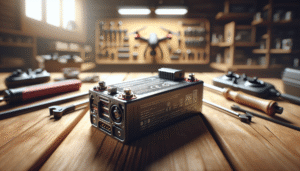Charging drone batteries safely is important to avoid turning your home into a scene from a science fiction movie gone wrong. As someone who has spent significant time with gadgets — and has even dealt with the occasional kitchen fire — I’ve learned a few invaluable tips to ensure a smooth charging experience without any drama.
Before we get into details, it’s important to remember that drone batteries, especially lithium polymer (LiPo) ones, need careful handling. But don’t worry, these expert tips will seem like second nature once you’ve practiced them.
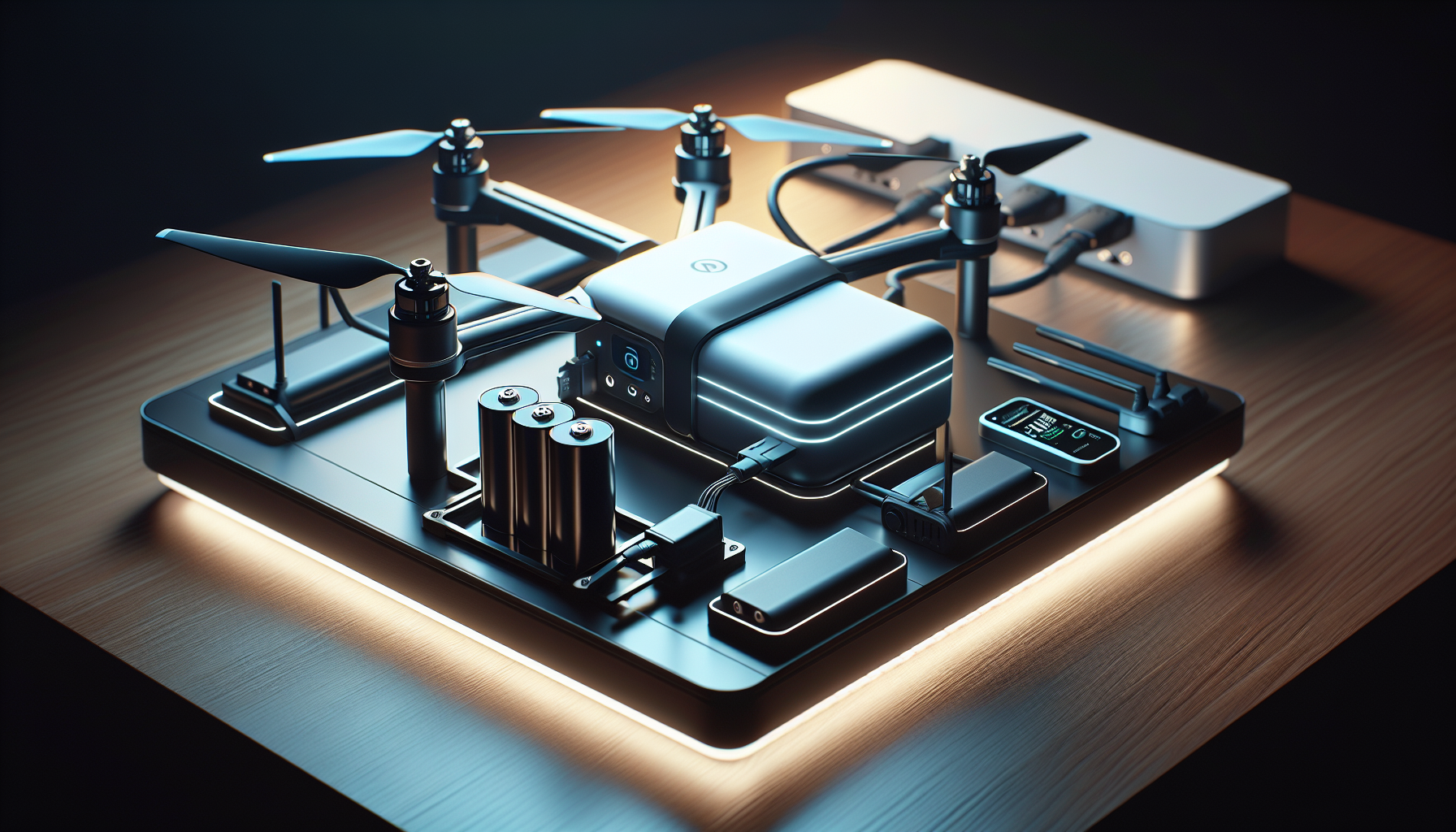
1. Understand Your Battery Type
With drones, there isn’t just one standard battery form. The most common is the lithium polymer battery (LiPo). Each type of battery has its own personality — quirks and all. Understanding these traits can help determine how to treat the battery correctly.
Why Battery Type Matters
LiPo batteries, for instance, have high energy densities, meaning they can store a lot of power for their size. But they also require more attention as they’re sensitive to overcharging, overheating, and extreme temperatures. Knowing your battery type helps set the stage for proper charging habits, much like knowing a cat’s temperament before petting it.
Quick Battery Reference Table
| Battery Type | Key Characteristics |
|---|---|
| LiPo | High energy density requires balanced charging. |
| NiMH | Less prone to damage when overcharged, but heavier. |
| Li-ion | Long lifespan, stable, less intense charging needs. |
2. Use the Correct Charger
Not all chargers are created equal, and using the wrong charger can be like insisting on fitting into shoes two sizes too small. It’s not a good match and can lead to disastrous results.
The Right Charger for the Right Battery
Your drone’s charger is its best friend, specifically designed by the manufacturer to meet its unique needs. Universal chargers boast adaptability, but they may lack the finesse your particular battery needs. Stick to the designated charger as if it were your favorite pillow, because trust me, your battery will thank you.
3. Charge on a Non-Combustible Surface
Charging drones should ideally feel as safe as toasting bread. Picking the right surface can prevent many unwelcome surprises.
Where to Charge
Place your battery on a non-combustible surface such as a metal tray or a slate tile. It might sound fancy, but the aim is simple: reducing any potential fire risk. By doing so, it’s as if you’re tucking your battery into bed with a flame-resistant blanket.
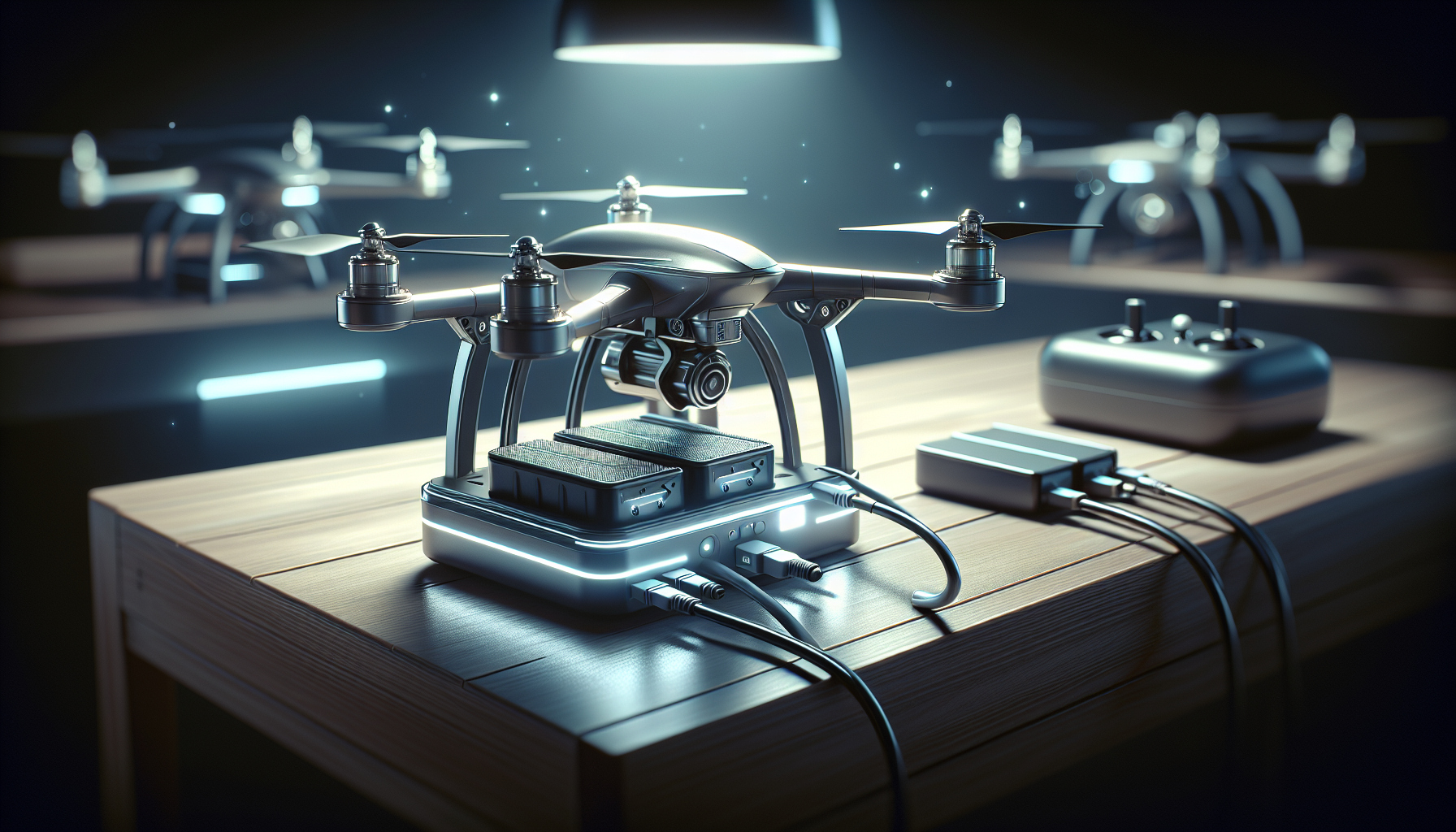
4. Monitor Charging Temps
Remember how Goldilocks wanted everything just right? Well, drone batteries react similarly to temperature changes. Too hot or too cold, and they’re unhappy campers.
Use a Temperature Monitor
Invest in a temperature monitor or infrared thermometer gun. Regularly check the battery’s temperature while it is charging. It’s like checking on a napping child — if they look too sweaty, something’s probably wrong. If your battery feels warmer than usual, unplug it immediately.
5. Never Overcharge
Like eating too much cake, too much juice flowing into the battery can be nasty. Overcharging not only reduces the lifespan of the battery but also poses serious risks.
Balancers and Timers
Many chargers for LiPo batteries come with built-in balancers to ensure each cell charges evenly. Use them. Additionally, set timers as a precaution. Charging is like baking — you really don’t want to leave things in longer than necessary.
6. Keep an Eye on Charge Cycles
Did you know that every battery has a life cycle? It’s like marking birthdays, only a bit less fun. Being aware of your battery’s charge cycles is crucial to maintaining its health.
Cycle Counting
A LiPo battery, for instance, typically offers 300 to 500 charge cycles. Use a notebook or an app to keep track of how often you’ve charged the battery. It’s akin to maintaining a pet calendar; you’d want to remember when it’s time for haircuts and shots.
7. Store Batteries Properly
When your battery isn’t romancing the charger, you’ll want to make sure it sits comfortably and safely. Proper storage extends its life significantly.
The Storage Dance
Once charged, store your battery at room temperature in a dry location, ideally in a fireproof LiPo bag. Think of it as setting them up in their own safe little hotel room until the next time they’re needed.
8. Avoid Charging Immediately After Use
Batteries are like marathon runners; they need time to rest and recharge after working hard. Charging them right after use might lead to overheating.
Cool-Down Period
Allow your battery to rest for at least 15-20 minutes after flight before charging it. Imagine it with a cold drink in hand, feet up, savoring a well-earned respite.
9. Regular Inspections
Often, issues can be nipped in the bud by catching them early. Regularly inspect your battery for signs of wear or damage.
What to Look For
Check for puffiness, physical damage, or leakage. Should any of these signs appear, retire the battery like it’s an athlete past their prime. Using a malfunctioning battery is akin to dining with a skunk; it spells trouble.
10. Dispose of Old Batteries Safely
At the end of its life, a drone battery deserves a proper send-off. Improper disposal can harm the environment and pose physical risks.
Disposal Steps
Look for local e-waste recycling programs that accept batteries for safe disposal. Treat this as the final chapter in a noble journey, ensuring the last ride is both dignified and environmentally friendly.
In conclusion, while drone batteries might seem complex, they’re no different from welcoming a slightly high-maintenance guest into your home. A little knowledge and a sprinkle of caution go a long way. With these practices, charging your drone batteries safely at home becomes a straightforward and drama-free part of your hobby.
